


xxxxxThe Principles of Economics, the major work of the English economist Alfred Marshall, had a marked influence upon the development of economic thought throughout the 20th century. His detailed study of the subject, mathematically based, established economics as a discipline in its own right. Among the concepts which he combined into a coherent whole were supply and demand, the elasticity of demand, marginal utility, and the cost of production. Published in 1890, when he was professor of political economy at Cambridge University, his textbook made him the leading British economist of the day. His research followed on from the pioneer work produced by the likes of Adam Smith, David Ricardo, Thomas Malthus, John Stuart Mill and the Frenchman Antoine Cournot. Later works included Industry and Trade in 1919, and Money Credit and Commerce in 1923. Among his students was the Englishman John Maynard Keynes, a prominent economist in the first half of the 20th century.
ALFRED MARSHALL 1842 -
Acknowledgements
Marshall: by the London based photographic studio of Elliot & Fry (1863-
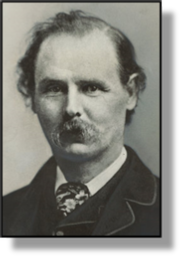 xxxxxThe Principles of Economics, an influential textbook in which the English economist Alfred Marshall integrated modern and classical economic theory, made an important contribution to economic thought throughout the 20th century. Following the pioneer work produced by the likes of Adam Smith, David Ricardo, Thomas Robert Malthus, John Stuart Mill and the French economist Antoine Cournot, his detailed analysis of the subject -
xxxxxThe Principles of Economics, an influential textbook in which the English economist Alfred Marshall integrated modern and classical economic theory, made an important contribution to economic thought throughout the 20th century. Following the pioneer work produced by the likes of Adam Smith, David Ricardo, Thomas Robert Malthus, John Stuart Mill and the French economist Antoine Cournot, his detailed analysis of the subject -
xxxxxMarshall was born in London, and attended Merchant Taylors’ School, Northwood, before going up to Saint John’s College, Cambridge. He studied philosophy and ethics, and this unusual combination earned him a lectureship in the moral sciences at St. John’s College in 1868. It was here that he began to take an interest in political economy, a subject which he later termed “economics”. During the 1870s he wrote several tracts on international trade and protectionism, visited the United States to study the problems of tariff protection in an emerging economy, and in 1879 wrote The Economics of Industry with his wife Mary, herself a lecturer in economics. He was appointed principal of University College, Bristol, (forerunner of Bristol University) in the mid-
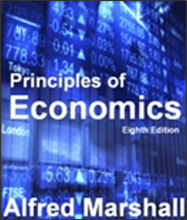
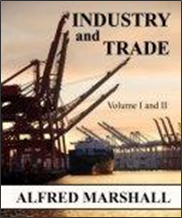 xxxxxAmong the number of economic concepts which Marshall combined into a coherent whole -
xxxxxAmong the number of economic concepts which Marshall combined into a coherent whole -
xxxxxThe Principles of Economics played a significant role in the subsequent development of economics as a distinctive branch of science. It made Marshall the leading British economist of the day, and he became highly regarded both in Europe and America. Later works included Industry and Trade in 1919, and Money Credit and Commerce in 1923. Among his students was John Maynard Keynes (1883-
xxxxxIncidentally, mathematics was first introduced into the study of economics by the French economist Antoine Cournot (1801-
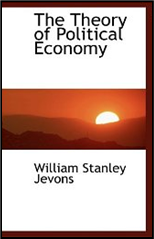
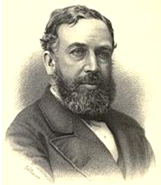 xxxxx…… Axmore extensive use of mathematics was employed in The Theory of Political Economy, a work of 1871 by the English economist William Stanley Jevons (1840-
xxxxx…… Axmore extensive use of mathematics was employed in The Theory of Political Economy, a work of 1871 by the English economist William Stanley Jevons (1840-
xxxxx…… Thextheory of marginal utility was developed further by the German economist Carl Menger (1840-
Vc-


